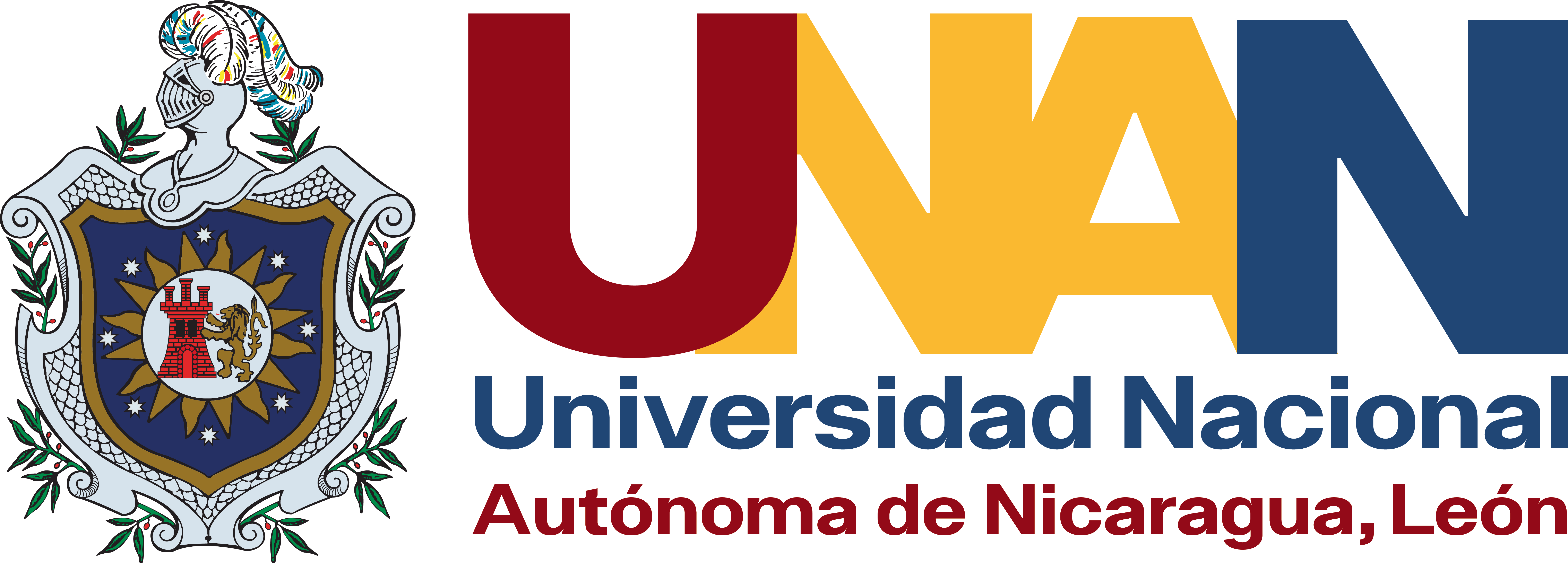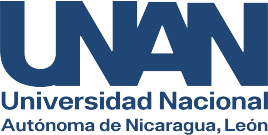Analysis of the participation of women and young people in Apis mellifera honey value chain in Somoto
DOI:
https://doi.org/10.5377/universitas.v6i2.13865Keywords:
Beekeeping, Chain value, HoneyAbstract
The study was conducted in the municipality of Somoto, Madriz department, 217 km from Managua, Nicaragua. The objectives were: to determine roles, access to resources, and decision-making; to identify social, economic, and cultural factors that influence participation; as well as to identify elements for developing action lines to strengthen the participation of young people (ages 18–30) and women over 30 years old in the honey value chain. The instruments used were surveys and interviews, with a "non-experimental" methodological design, following a descriptive-explanatory study of the area, using a mixed qualitative–quantitative method. The sample selected was the total of 33 beekeepers that make up the population. It was found that 69% of young beekeepers are involved in the roles and 67% are the ones making decisions in activities. There is no active involvement of women in the production stage; however, on average, 5% participate in the value chain. Young people show the highest percentage of participation across all study variables. Among social factors, marital status does not affect or limit youth participation (75%). According to the youth, the most favorable economic factor that does not limit them is the presence of government policies and programs, with 70% reporting no limitation. Regarding cultural factors, religion is not considered a limiting factor, with 95% reporting no influence. The supporting organizations involved include INPRHU.
Downloads
References
Brizzi, A. (2012). Igualdad de género y empoderamiento de la mujer. Recuperado el jueves de Octubre de 2013, de http:// www.ifad.org/ pub/policy/gender/equality_s.pdf
CEI (Centro de Exportaciones e inversiones). 2012. Estudio de Miel de Abeja Mercado de Japón. Nicaragua, diciembre 2012. Pag 59. (En línea) Consultado el 04 de octubre del 2013. Disponible en: http://www.jica.go.jp/nicaragua/ espan ol/office/topics/c8h0vm000001q4bcatt/estudio04.pdf
Chemonics. (2011). Proyecto de desarrollo de la cadena de valor y conglomerado agrícola. Recuperado el miércoles 09 de Octubre de 2013, disponible en:http://www.cuentadelmilenio.org.ni/ cedoc/02negrural/03%20Conglomera do%20 Agricola/10%20Informes/20%2 0Informe%20final%2027_02_2011.pdf
INPRHU (Instituto de promoción Humana), 2013.Caracteristicas generales de las organizaciones del rubro miel en los departamentos de Madriz, Estelí y nueva Segovia. Proyecto de inserción en cadena de valor del rubro miel en cinco municipios del departamento de Matagalpa
INETER (Instituto Nicaragüense de Estudios Territoriales). 2012. Tablas Climáticas de Resumen Mensual. Dirección de Meteorología. Somoto, Madriz.
Jarquin Mejía; 2012. Sistematización del desarrollo de competencias laborales de jóvenes emprendedores rurales integra dos en la Alianza Bloque de Jóvenes Las Segovias y su incidencia en la generación de empleo, calidad de vida de sus familias y la economía local. Madriz, Nicaragua. Atlantic Internacional University (AIU). Pag 103.
Renzi, M. (2009). Guía para la incorporar el análisis de género a cadenas de valor. Managua. Recuperado el Octubre de 2013
Downloads
Published
How to Cite
Issue
Section
License
Copyright (c) 2015 National Autonomous University of Nicaragua, Leòn

This work is licensed under a Creative Commons Attribution-NonCommercial-ShareAlike 4.0 International License.
Copyright © 2025 Universitas (León), Revista Cientifíca de la UNAN-León. Academic Direction. Research Department. Publication and Scientific Event Unit.










